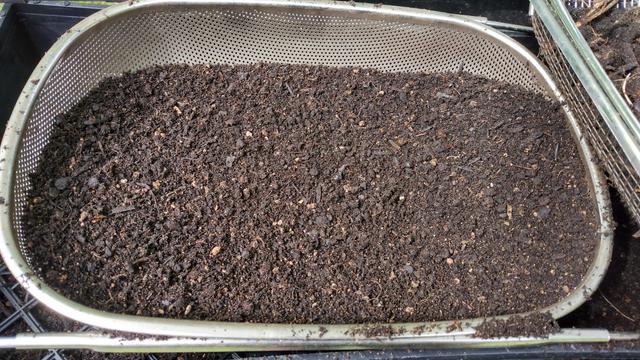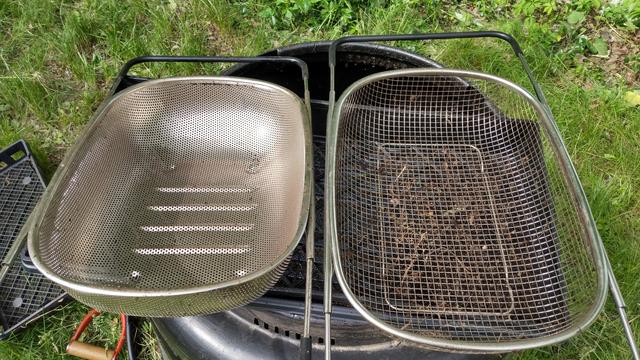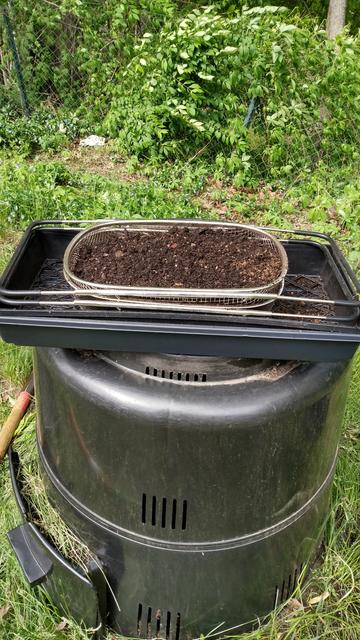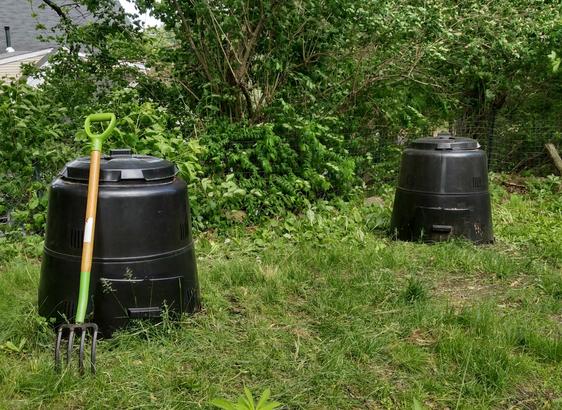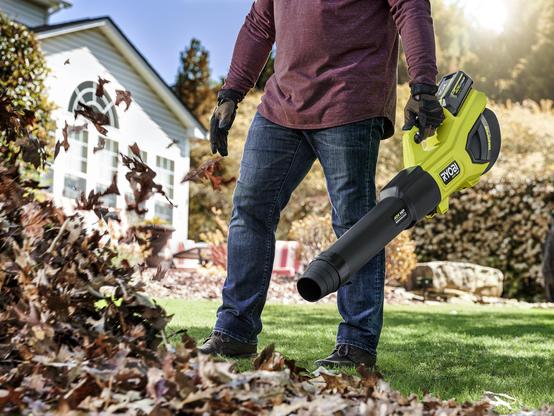More from the #UniversityOfGeorgiaCooperativeExtension - Home Garden #GreenBeans!
"Green beans are one of the most popular vegetables for the #HomeGarden. Fortunately, they are easy to grow as well. Green beans are a warm season crop that can be planted as soon as the danger of frost has passed in the spring. Green beans grow best when air temperatures range from 65°F to 85°F. Soil temperatures should be at least 55°F for good seed germination. Air temperatures above 85°F can cause flowers to drop and slow production.
Types of Beans
Green beans come in three different types based on their growing characteristics. Bush beans are compact varieties that grow in a bush form and need no external support. They are great for raised beds and gardens limited in space.
Pole beans are similar to bush beans but grow in a vining manner and require some type of cage or trellis system for support. Pole beans can reach heights of 6 feet or more, so the support system should be strong and high enough to accommodate them. An advantage of pole beans is that they are easier to harvest; you don?t have to bend over completely to pick them like you do bush beans.
Half-runner beans are a cross between pole beans and bush beans. Half-runners can be grown without support but they spread out more than bush beans and need plenty of room to grow.
Planting
Green beans grow best in a well-prepared and organically amended soil. They should receive six to eight hours or more of sunlight every day for optimum growth. Green beans can be directly seeded in the garden and do not need to be started as transplants. Soaking seeds overnight in warm water will help speed up the germination process after they are planted in the soil. Most green beans do best when planted about 1 inch deep and 6 inches apart in the rows with 3 feet between the rows. After planting, be sure to firm the seed bed with your hand, garden tool or cultipacker. This will help ensure good soil contact and better germination.
Fertilization
Green beans are legumes and don?t require a lot of fertilizer. Green beans prefer a slightly acidic soil with a pH of approximately 6.5. Soil test for a more accurate recommendation of lime and fertilizer needs. In the absence of a soil test, add 5 pounds of 5-10-15 fertilizer per 100 feet of row. Fertilizer should be applied at planting time and again after small beans begin to appear. Additional fertilizer can be applied throughout the growing season to keep beans producing until the summer heat takes its toll.
Watering
Irrigate beans immediately after planting. Keep the seed bed moist, but not soggy, for the first week until germination occurs. Reduce watering to once every three days after the first week. Water as needed after beans become established, usually about twice a week.
Harvesting
Green beans should be ready for harvest 45 to 60 days after planting, depending on the variety. Harvest beans while they are still immature and not fully developed. This will produce a bean that is tastier and tenderer. To encourage the plant to maintain production, continue to harvest beans as they become ready. Beans should be stored in a cool, dry location and kept fresh for several days, or they can be canned for long-term storage.
Problems
Although green beans are easy to grow, there are a few problems that can occur. Insect problems include leaf beetles, aphids and spider mites. Disease issues include #anthracnose, rust, powdery mildew and grey mold. Most of these problems can be prevented or controlled by using sound cultural practices and planting resistant varieties. Occasionally an insecticide or fungicide may be needed to control insects and disease problems."
Source:
https://extension.uga.edu/publications/detail.html?number=C1006
#SolarPunkSunday #Gardening
#GardeningHacks #GardenPests
#VegetableGardens #GrowYourOwnFood #GrowYourOwn #FoodSecurity

